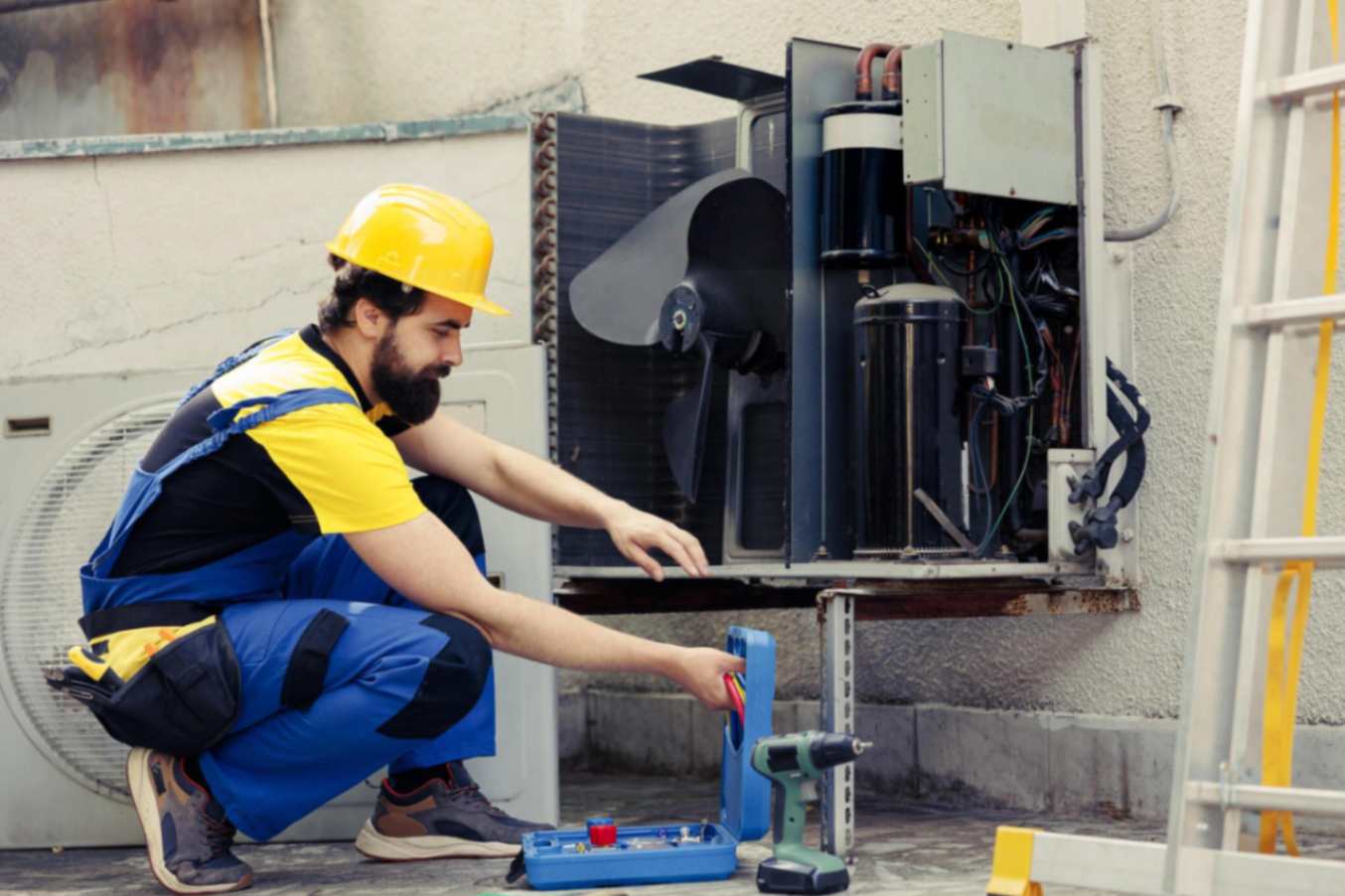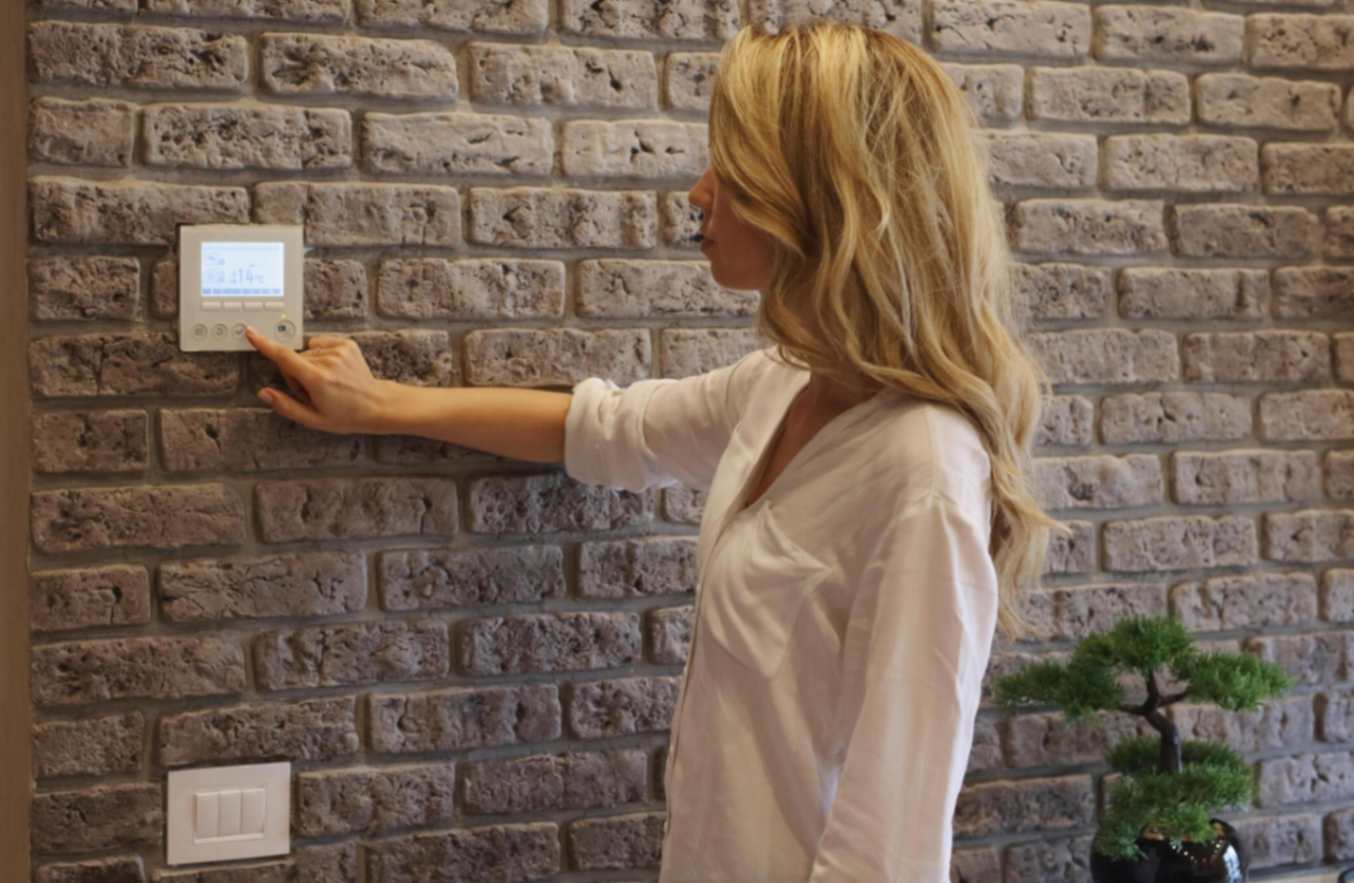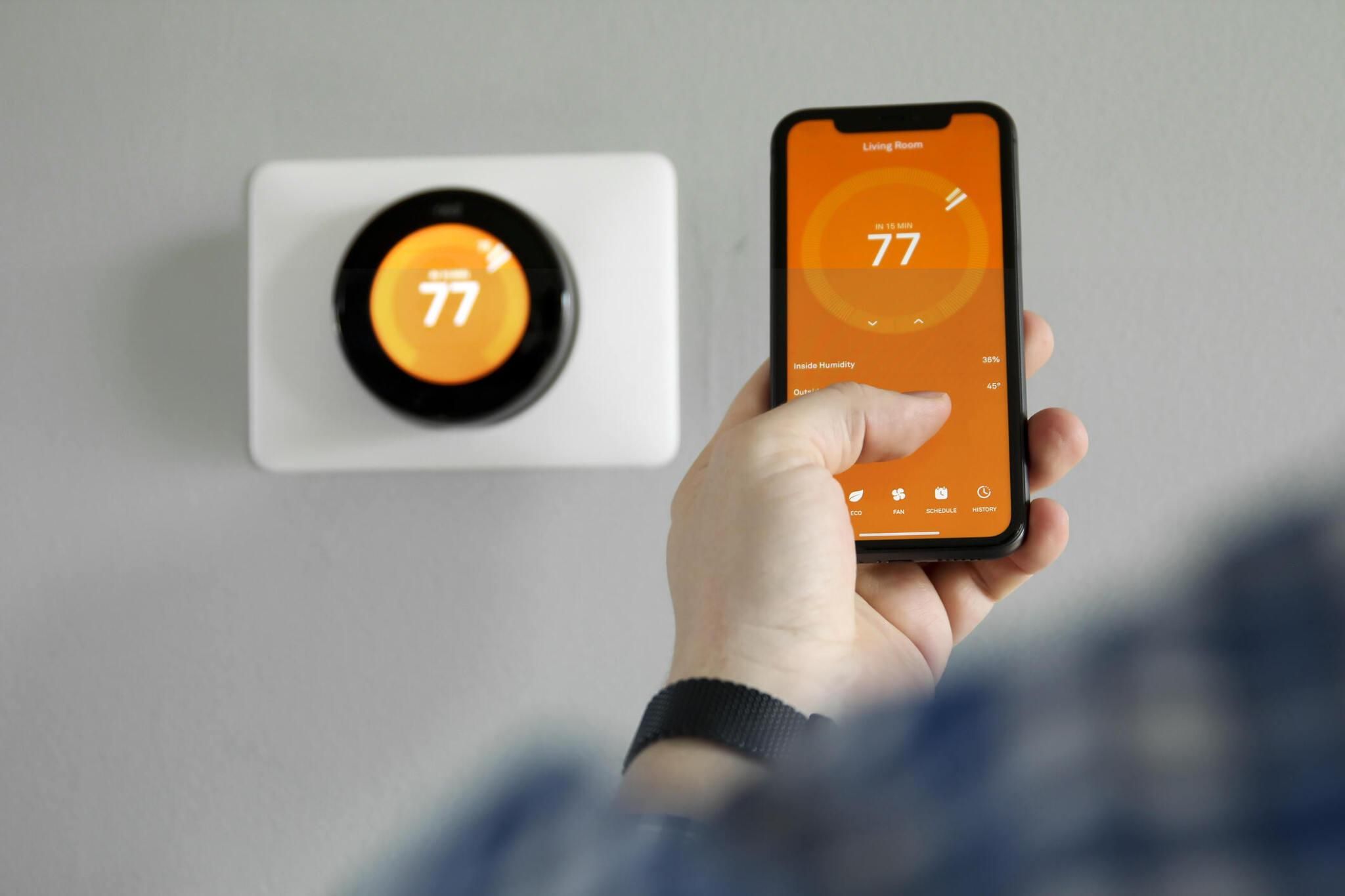In the changing world of home improvement, there has been a growing emphasis on integrating technology with essential household systems.
This integration aims to enhance efficiency and convenience for homeowners. One area where this partnership is particularly impactful is the integration of home technology with heating furnaces designed for their use.
In this article, we will explore the realm of home integration and how incorporating smart thermostats, home automation and other technologies can significantly improve your home’s heating system.
The Emergence of Smart Home Heating
The traditional thermostat, often overlooked as a device, has undergone changes in recent years. Smart thermostats have become the foundation of home heating systems that offer homeowners control and insight.
1. Enhanced Precision Control with Smart Thermostats
Smart thermostats from known brands like Nest, Ecobee and Honeywell empower homeowners to control their heating systems.
Through user apps, you can effortlessly adjust temperature settings, create personalized schedules and even monitor energy usage, no matter where you are in the world. This high level of control not only adds convenience but also contributes to saving energy and reducing costs.
2. Learning and Optimizing Energy Usage
One of the standout features of thermostats is their ability to learn and adapt. These devices analyze your heating patterns and preferences, automatically adjusting settings over time to maximize comfort while minimizing energy consumption. The result is a heating system that learns from your lifestyle, creating an efficient home environment.
Beyond Thermostats: Smart Home Automation for Heating Systems
While smart thermostats are the foundation of heating control, integration goes beyond that. Home automation technologies expand the capabilities of components of your heating system, providing a seamless and interconnected experience.
1. Vents and Zone Control
Intelligent vents offer an approach to heating individual rooms or zones within your home. These vents can be programmed to open or close based on occupancy, time of day or temperature preferences.
By creating zones, homeowners can direct heat precisely where needed while avoiding energy consumption in unoccupied spaces.
2. Integration with Voice Assistants
Integrating heating systems with assistants like Amazon Alexa or Google Assistant adds voice control functionality for hand operation.
Just imagine being able to say, “Hey Alexa, set the temperature in the living room to 72 degrees ” and watching your smart heating system effortlessly respond. This level of integration does not add convenience. It also aligns with the growing trend of interconnected smart homes.
Overcoming Challenges: Education and Implementation
Although the advantages of integrating home technology into heating systems are evident, there are still obstacles that need to be addressed in terms of educating users and implementing these systems effectively.
1. Educating Users
Given the pace of advancements, it is not uncommon for homeowners to lag behind in understanding these innovations. Therefore, providing comprehensive user education becomes vital in enabling individuals to fully utilize the capabilities of their heating systems.
Homeowners should be familiar with the functionalities of their devices, know how to optimize schedules and troubleshoot common issues.
By investing in resources and user-friendly interfaces, we can bridge this knowledge gap. Empower homeowners to maximize the potential of their intelligent heating systems.
2. Professional Maintenance
The complexity involved in heating systems often necessitates installation to ensure seamless integration with existing infrastructure.
While many homeowners are adept at DIY projects, it is advisable to entrust the installation and optimal functioning of the system to professionals.
Additionally, regular maintenance by certified technicians becomes crucial for addressing any issues and ensuring that smart heating systems continue to operate reliably.
To find the best technicians who can ensure your system operates well while saving energy and money, visit dialonesonshine.com.

Improving Efficiency and Saving Costs
Beyond the appeal of convenience, integrating home technology into heating systems greatly contributes to energy efficiency and long-term cost savings.
1. Optimal Energy Usage
Smart heating systems excel at optimizing energy consumption. With the ability to set schedules, adjust settings remotely and utilize learning capabilities, these systems operate efficiently by minimizing unnecessary energy usage. This does not only benefit the environment but also leads to reduced utility bills over time.
2. Insights Based on Data
Many smart heating systems provide insights into energy usage patterns. Homeowners can access data, identify trends and make decisions on further enhancing efficiency.
This data-driven approach empowers users to take measures to reduce energy consumption and improve sustainability throughout their homes.
Considerations and Future Trends
While incorporating technology into heating systems offers advantages, there are certain factors that should be taken into account.
- Upgradability: Investing in heating technology requires considering compatibility with existing systems and the ability to upgrade in the future. It’s important to ensure that the smart components seamlessly integrate with your heating setup, allowing for a transition to a smarter home.
- Security and Privacy: Security and privacy should be given priority when dealing with any connected device, including heating systems. These systems are part of the Internet of Things (IoT) ecosystem. It is crucial to protect them against potential vulnerabilities. Regular software updates and strong authentication measures can help safeguard your home’s heating system.
- The Future of Smart Homes: Looking ahead, the integration of artificial intelligence (AI) and machine learning is set to revolutionize heating systems even further. Predictive algorithms may anticipate your heating needs based on weather forecasts, occupancy patterns and individual preferences, creating an intuitive and efficient home environment.
The Human Element: Striking a Balance between Automation and Personalization
As we welcome the era of homes, finding an equilibrium between automation and personalization becomes imperative. Smart heating systems have proven to be excellent at adapting to routines and optimizing energy usage.
However, it is equally important for these systems to accommodate preferences. Some homeowners prefer a hands-on approach, where they can adjust settings based on their needs or unexpected changes in plans.
The ability to seamlessly switch between manual controls ensures that the human touch remains central to achieving home comfort.
Conclusion
In the evolving landscape of home integration for heating systems, both challenges and opportunities coexist. While technological advancements continue to redefine living, taking an approach that prioritizes user education, professional installation and finding a harmonious balance between automation and personalization will ultimately determine the success of these innovative systems.
By considering these factors, homeowners can not only enjoy the immediate advantages of a smarter and more efficient heating system but also pave the way for a future where interconnected and intelligent living spaces become the norm.
Embracing these innovations is more than upgrading our homes; it’s about creating a lifestyle that seamlessly combines technology with the warmth and comfort we all desire in our personal sanctuaries.













